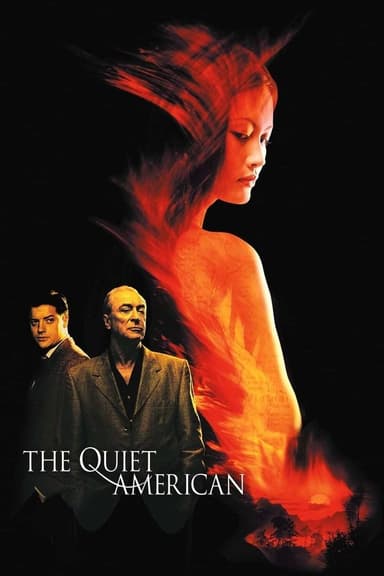
The Quiller Memorandum
1966 • Crime, Drama, Thriller
After two British Secret Intelligence Service agents are murdered at the hands of a cryptic neo-Nazi group known as Phoenix, the suave agent Quiller is sent to Berlin to investigate.
Runtime: 1h 44m
Why you should read the novel
If you loved the atmospheric intrigue of The Quiller Memorandum movie, read the source novel The Berlin Memorandum by Adam Hall (Elleston Trevor) for a deeper, richer Cold War spy experience. The book’s taut first‑person voice and authentic tradecraft pull you straight into Berlin’s shadows in a way no screen can match.
The Quiller Memorandum book delivers razor‑edged suspense, psychological intensity, and immersive detail: surveillance, countersurveillance, dead drops, and the mental chess of an agent operating alone. Fans of smart espionage fiction—Le Carré, Deighton—will find Hall’s precision and pacing irresistible.
Choose the novel instead of rewatching the film and discover the original tone, character depth, and narrative complexity that made Quiller a landmark of Cold War thrillers. Search for The Berlin Memorandum, also known as The Quiller Memorandum, and experience the definitive story as Adam Hall wrote it.
Adaptation differences
The most striking difference between the book and the film is voice and method. Adam Hall’s The Berlin Memorandum uses a taut, first‑person present narration that captures Quiller’s split‑second calculations, tradecraft rituals, and psychological self‑discipline. Harold Pinter’s film script removes the inner monologue, replacing it with oblique, pause‑laden dialogue and visual ambiguity, which changes how we access Quiller’s mind.
Characterization shifts as well. In the novel, Quiller is a taciturn, hyper‑competent British professional whose restraint and precise procedures define him. On screen, George Segal’s Quiller reads more outwardly casual and sardonic, subtly Americanizing the cadence and attitude. This alters the feel of the Bureau’s culture and the agent‑handler dynamic with Pol, which is cooler and more procedural on the page.
Plot architecture is streamlined for the movie. The book devotes more time to surveillance, tails, countersurveillance drills, and the painstaking buildup to contact with the neo‑Nazi cell. The film compresses subplots, renames elements (notably the antagonist “Oktober”), and favors set‑piece confrontations and stylized interrogations over the novel’s granular step‑by‑step tradecraft. The result is a tighter runtime but less procedural texture.
The endings diverge in tone and implication. The novel’s debriefs and aftermath sharpen the moral ambiguity while still tracking operational consequences; the film closes on a more cryptic, unsettling note that prioritizes mood over procedural clarity. Readers seeking the full logic of the operation, the consequences for sources, and the nuances of Quiller’s choices will find that depth in the book rather than the adaptation.
The Quiller Memorandum inspired from
The Berlin Memorandum (also published as The Quiller Memorandum)
by Adam Hall (Elleston Trevor)










